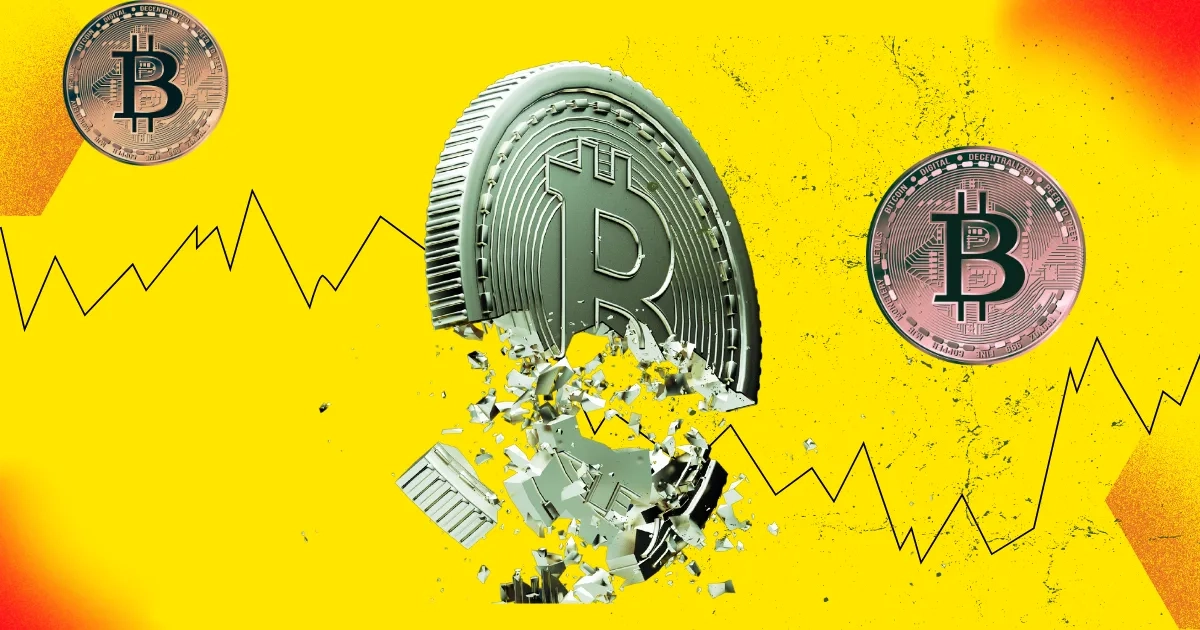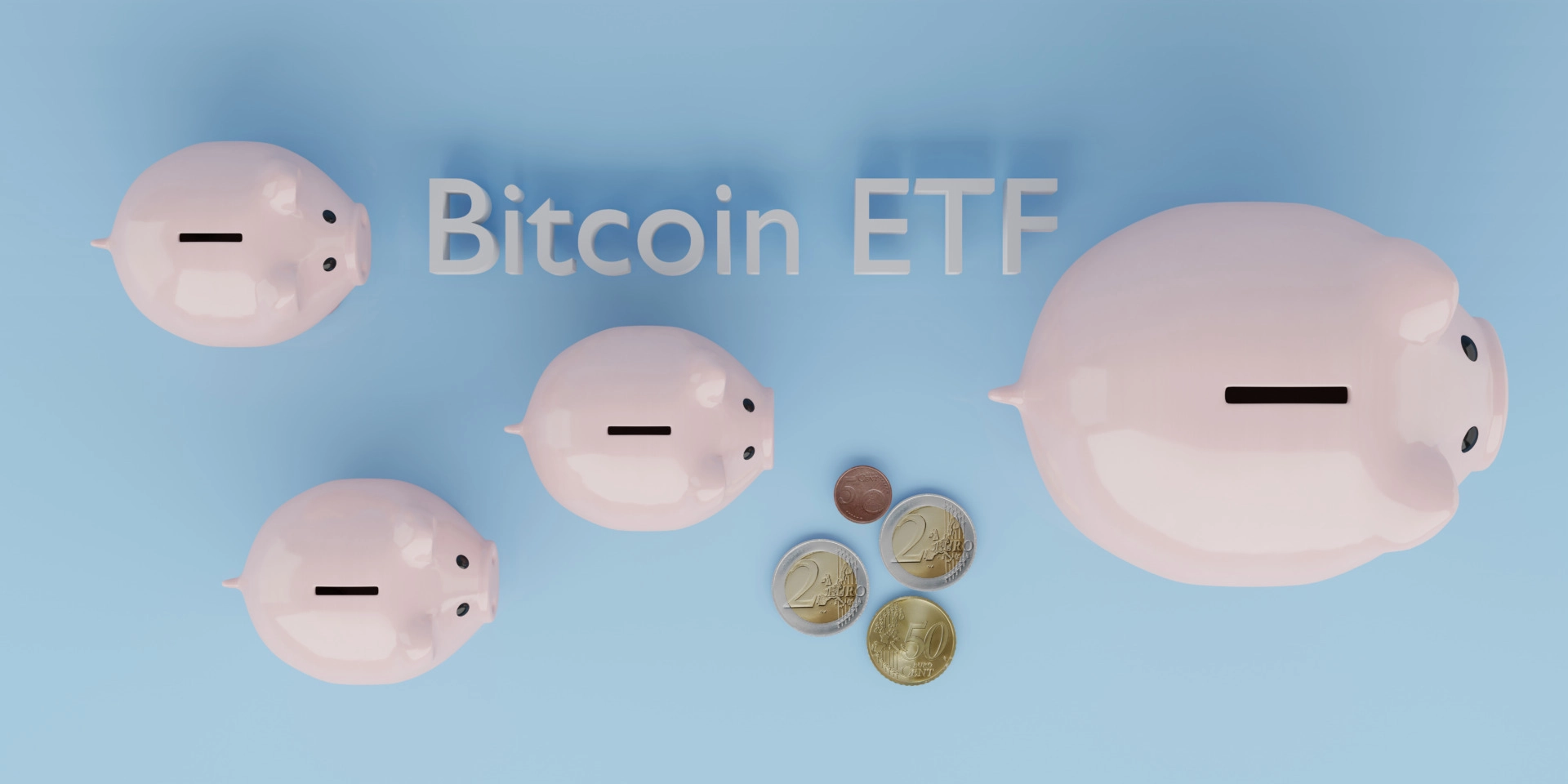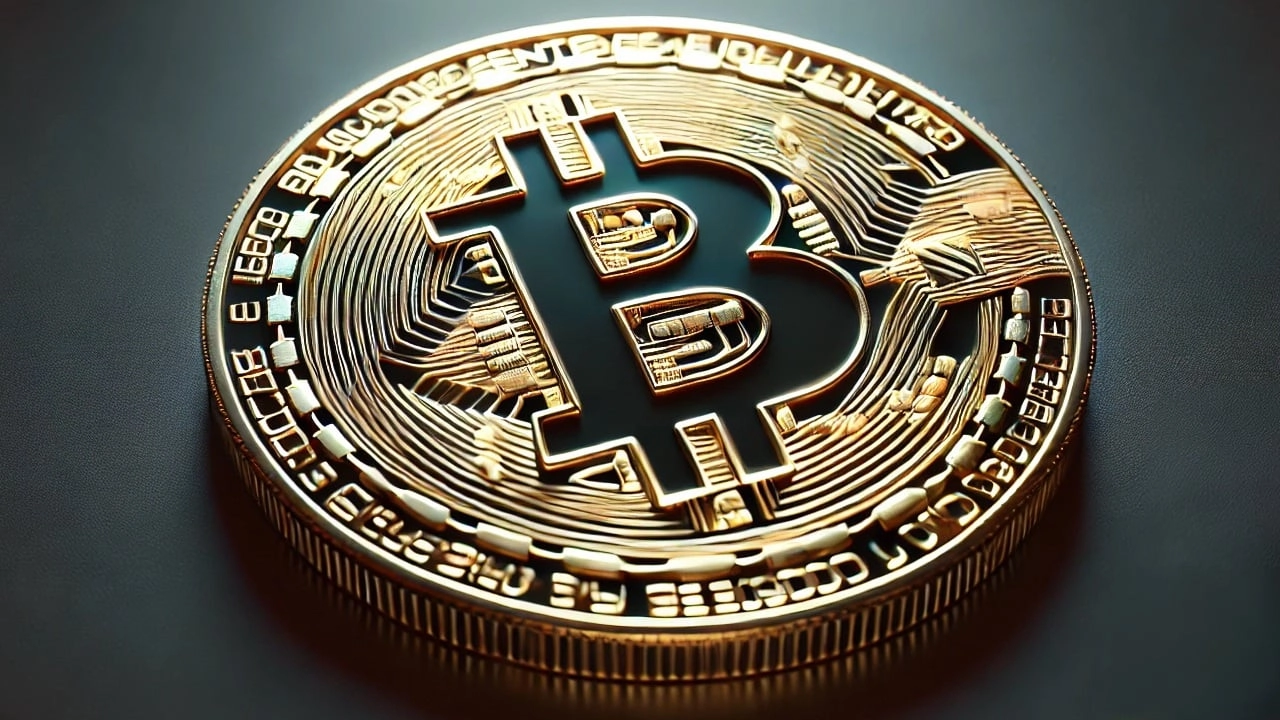Two of the biggest names in crypto are putting aside their long-standing rivalry, and will now work together to grab a bigger piece of the fast-growing stablecoin pie. On Wednesday morning in Abu Dhabi, Binance and Circle announced a strategic alliance that will see them promote USDC—a digital token backed 1:1 by the U.S. dollar—that is jointly owned by Circle and Coinbase. All of this comes at a time when stablecoins are fast becoming part of mainstream finance, and as more competitors are seeking to challenge market leader Tether.
Binance, the world’s biggest cryptocurrency exchange, used to be a major player in the stablecoin market with its native BUSD coin reaching a market cap of around $23 billion. The company, however, faced major pressure from regulators over an alleged lack of compliance, forcing it to wind down BUSD in late 2023. During this period, Circle frequently criticized both Binance and Tether as wildcat operations.
The decision by Circle and Binance to enter a partnership comes after the latter came to a settlement with the U.S. Justice Department that subjects it to an oversight regime by several U.S. agencies.
“Binance has undergone a deep transformation of its business, and over time, we mutually agreed that it made sense to pair one of the world’s most trusted and regulated stablecoins,” Circle’s Chief Business Officer, Kash Razzaghi, told Fortune.
The upshot is that Circle appears to have made peace with its old rival in order to take advantage of Binance’s vast network, and find new customers for USDC. Binance, meanwhile, will be able to rely on its new partner’s good relations with the U.S. government and other regulators in order to become a player in the stablecoin market once again.
The difference, of course, is that Binance will have to share the action with not one but two other players, since Coinbase owns a large minority stake in proceeds generated by USDC. The companies all remained tight-lipped about how exactly revenue will be shared in the new three-party arrangements, though people familiar with the deal told Fortune that Binance will not acquire an equity stake in Circle itself.
In a press release announcing the news, the companies did state that Binance will begin to make USDC part of its corporate treasury operations, which could increase the token’s overall supply given the exchange’s huge size. For its part, Coinbase touted the tie-up as a way to expand adoption of USDC.
“We’re excited to see more partners like Binance contribute to the growth of the USDC ecosystem. As the list of USDC ecosystem partners expands, USDC circulation will continue to grow, helping to increase economic freedom around the world, and lead the industry forward on a foundation of transparency and trust,” said Coinbase VP and head of business development, Shan Aggarwal.
Can anyone take on Tether?
To get an idea of the stakes, USDC is currently the number two stablecoin issuer with a market cap of around $40 billion while loosely-regulated Tether continues to dominate the field with a market cap of $138 billion. Other issuers have a much smaller share of the market, including PayPal, whose PYUSD stablecoin has a market cap of around $500 million.
Crypto traders have long used stablecoins because, unlike Bitcoin and other cryptocurrencies, they are not volatile, providing a way to park digital assets without incurring the transaction costs that go with converting crypto to fiat currency. Stablecoin issuers like Circle and Tether, meanwhile, have reaped a rich bounty by keeping the interest that accrues on the reserves backing the coins. In the future, stablecoins—which can be moved around the clock at very low cost—are expected to gain traction in fields like remittances, trade finance and corporate treasury management.
The decision by Circle and Binance to form an alliance comes at a pivotal time for stablecoin adoption, especially as the incoming Trump Administration is explicitly pro-crypto, and is expected to work with Republicans in Congress to pass legislation making the tokens easier to use in commerce.
All of this raises the question of whether this combination of circumstances will amount to a serious challenge to Tether, which has for more than a decade been the go-to stablecoin for a large part of the crypto market. Even as the company has been accused for years of turning a blind eye to the popularity of its stablecoin with criminals, and of dodgy accounting, Tether has remained on top—and made an enormous fortune in the process. In periodic attestation statements, Tether has touted quarterly profits of more than $1 billion, and claimed it is sitting on an enormous war chest of billions of dollars in free capital. In the last two years, the company has been so flush that it has been able to make massive investments into AI startups.
Tether may be vulnerable, however, due to the mistrust it has engendered with the U.S. and other governments. While Tether has recently begun to hire lobbyists to make its case in Washington, D.C, Circle and its USDC partners are likely in a far better position to win favor with risk-averse financial firms entering the crypto space (though Tether does have an important ally in finance giant Cantor Fitzgerald, which helps manage the company’s cash reserves, and whose CEO Howard Lutnick has been nominated by Trump to serve as Commerce Secretary).
In addition to Tether, the new Binance-Circle alliance will soon also be competing with another consortium. In November, New York-based stablecoin issuer Paxos—which helped Binance run its now-shuttered BUSD coin—announced “Global Dollar Network” along with six other firms, including longtime crypto platform Kraken and fintech heavyweight Robinhood.
While challengers to Tether and USDC have so far failed to gain traction, the new Global Dollar Network is attempting a new model that will see it return nearly all the profits it makes from reserves to its members, who will pass them on in the form of yield to customers. Paxos, which says the offering is fully compliant, and its partners believe its forthcoming stablecoin will be disruptive and lead institutions to give up Tether and USDC—which pay little or nothing in the way of return. For now, though, the Global Dollar Network remains an untested offering.
The coming year will do much to show whether USDC or another stablecoin can challenge Tether’s dominance, and it’s also possible that the legal frameworks emerging across the world to support crypto will mean the pie will expand fast enough to allow all the competitors to grow. For now, the biggest takeaway is how the fast-evolving crypto landscape is forging alliances between once bitter rivals.
“We will also work closely with Circle to drive innovation and utility for stablecoins globally. Working together as a team, we believe we can materially push forward the possibilities for the internet financial system,” said Binance CEO Richard Teng in a statement.
Learn more about all things crypto with short, easy-to-read lesson cards. Click here for Fortune's Crypto Crash Course.




